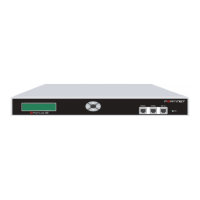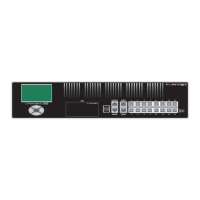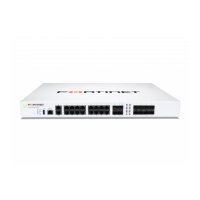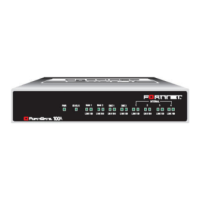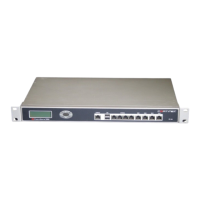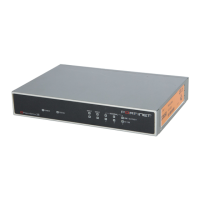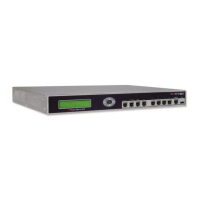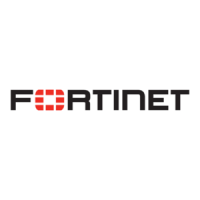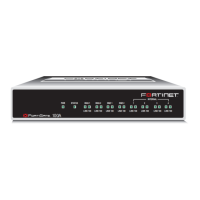NAT/Route mode installation Connecting the FortiGate unit to the network(s)
FortiGate-3000 Installation Guide 01-28005-0026-20041101 35
Starting the setup wizard
1 In the web-based manager, select Easy Setup Wizard.
Figure 8: Select the Easy Setup Wizard
2 Follow the instructions on the wizard pages and use the information that you gathered
in Table 5 on page 28 and Table 8 on page 34 to fill in the wizard fields.
3 Select the Next button to step through the wizard pages.
4 Confirm the configuration settings, and then select Finish and Close.
Reconnecting to the web-based manager
If you changed the IP address of the internal interface while you were using the setup
wizard, you must reconnect to the web-based manager using the new IP address.
Browse to https:// followed by the new IP address of the internal interface. The default
address of the internal interface is https://192.168.1.99.
You are now finished the initial configuration of the FortiGate unit, and can proceed to
“Next steps” on page 37.
Connecting the FortiGate unit to the network(s)
After you complete the initial configuration, you can connect the FortiGate-3000 unit
between the internal network and the Internet.
There are two fiber-optic gigabit ethernet connectors on the FortiGate-3000:
• Internal for connecting to the internal network,
• External for connecting to your public switch or router and the Internet.
Antivirus
High Create a protection profile that enables virus
scanning, file blocking, and blocking of oversize
email for HTTP, FTP, IMAP, POP3, and SMTP. Add
this protection profile to a default firewall policy.
Medium Create a protection profile that enables virus
scanning, for HTTP, FTP, IMAP, POP3, and SMTP
(recommended). Add this protection profile to a
default firewall policy.
None Do not configure antivirus protection.
Select one of these security levels to protect your network from viruses.
Table 8: Setup wizard settings
Note: If you use the setup wizard to configure internal server settings, the FortiGate unit adds
port forwarding virtual IPs and firewall policies for each server. For example, for each server
located on the Internal network the FortiGate unit adds an External->Internal firewall policy.
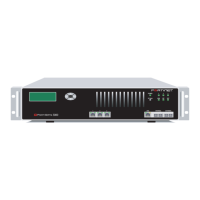
